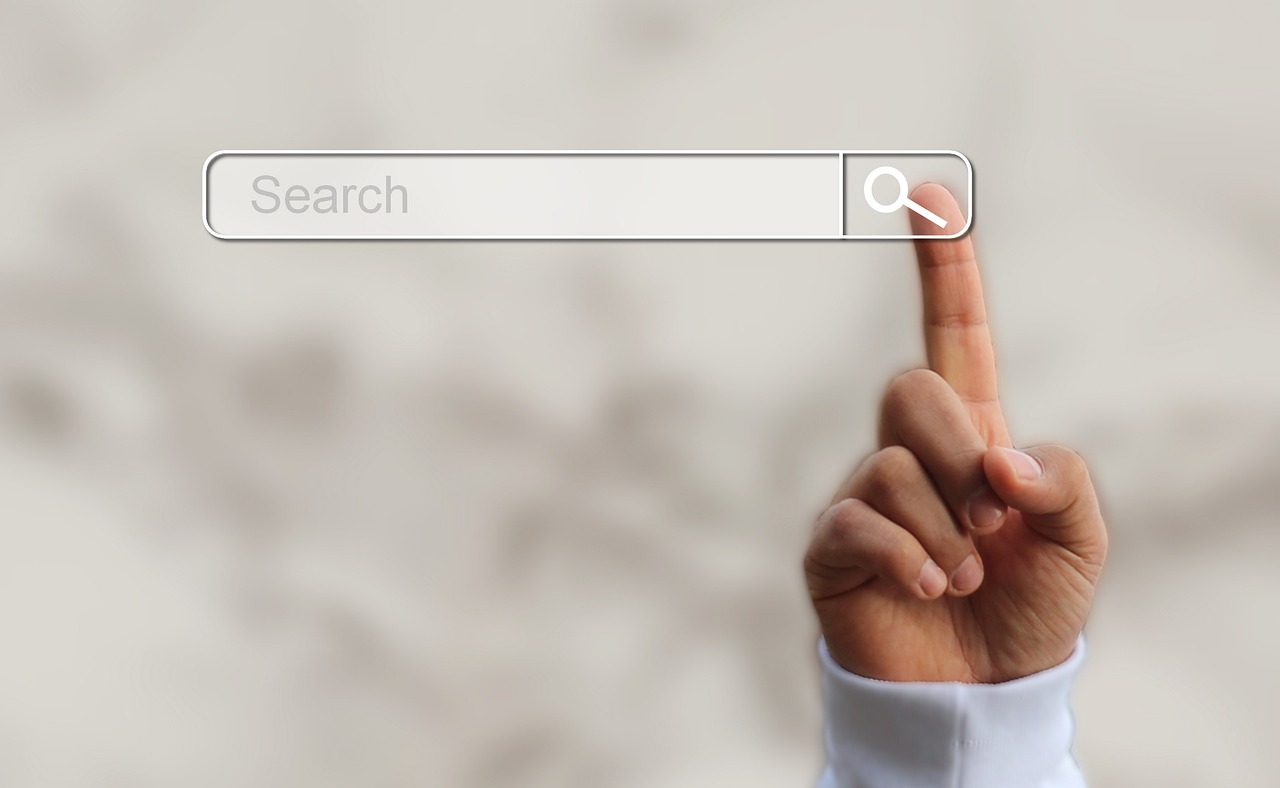
Satisfying user intent must be the primary goal of anybody putting relevant and engaging content out on the internet as part of a marketing or business strategy. If you are an SEO strategist or marketing professional, you may be on the brink of ranking success. You may have top-notch content that simply is not ranking for your target keywords for some reason. Ever wondered why? In many cases, your keywords and the search intent just don’t match.
Search intent, also known as user intent, is an important element of SEO that doesn’t get the time and attention it deserves. Search intent is all about the reason why users search the web for everything from “top electric car models 2024″ to “Best DSLR cameras for newbies.” It’s the missing piece in your content puzzle, the unspoken “why” behind every “Google me this.” A study by Backlinko found that pages that align with search intent outperform those that don’t by 77.3%.
By understanding and leveraging search intent, marketers can develop intent-based and valuable content that aligns well with the target audience’s short-term goals and needs. Otherwise, there could be a mismatch between your client’s expectations and the information/content you publish. And believe us, that is something that happens more often than you may think.
But what exactly is user intent, and how can you leverage it to create compelling content that resonates with your target audience and ranks high in search results? Let’s find out what search intent is and how you can integrate it seamlessly into your content creation process.
What is Search Intent?
You can think of search intent as the underlying reason behind an online user’s search query. It answers the question, “What is the user trying to achieve?” Are your potential consumers or clients seeking information on a new product or researching a specific product or service? Maybe they are ready to buy or simply trying to navigate to a particular website.
People often search for keywords and phrases, such as hiking boots for men, which reveal intent. For instance, rather than searching for only “pizza,” users may type “easy pizza recipes.” You can use this keyword to determine the user’s main intent to bake pizza.
They need instructions or simple steps on how to do it – i.e., a pizza recipe. Recognizing this intent is crucial to improving and refining your strategy, as it dictates the kind of content that will best address your customers’ needs and preferences and keep them engaged.
Search Intent Types
Here are the four main categories of search intent:
Informational
Users are looking for knowledge – maybe in the form of tips or hacks – answers to questions or general understanding of a topic. Informational queries are usually straight-up and simple questions that can be answered without having to purchase or opt-in for something. An example is “Best hiking trails near Denver.”
Navigational
Users know exactly where they want to go and are searching for a specific website or web page. Example: “Facebook login page.”In other words, the searcher or user only used the search engine – Google or Bing- as a navigation tool to achieve their goal—hence, the name.
Commercial
As the name suggests, commercial searchers are in the research phase and often shopping. They are comparing various options and considering potential purchases.
These people are usually on the fence regarding whether they should purchase something. So, to improve or streamline their research, they will use phrases and queries like:
- What is the most affordable email marketing tool?
- Canva review
- Ahrefs vs. SEMrush
Transactional
Users are ready to buy and are actively looking for product pages or purchase options. Example: “Buy iPhone 15 Pro Max.” How can you identify transactional search intent? Keywords that reveal a strong desire to purchase, like “buy,” “shop,” or “order,” are good indicators.
Embedding Search Intent in Your Content Strategy
According to experts, an excellent content strategy takes search intent into consideration and tackles a topic or question in a way that optimizes the web content for several types of searches while maintaining your high ranking in Google search results. By using the right search intent, it is possible to scale web traffic and conversions and expand your business.
Keyword Research
Choose keywords and phrases that align with your target audience’s intent. If you utilize keyword research tools, such as Google Keyword Planner and SEMrush, you can easily pluck relevant intent-based keywords from an extensive list of suggestions.
Content Mapping
Align your content with the different stages of the buyer’s journey (awareness, consideration, decision)—informational content for awareness, product comparisons for consideration, and buying guides for decision-making.
Update and Optimize Content
Before hitting the publish button, make sure you review the content for relevance and accuracy. Don’t put content out there merely because you have to tick a box and check it off your to-do list.
To establish your brand or website’s reputation, your content – short or long form – must add value for the reader. Also, check if your content is SEO-friendly and if the keywords you used mesh naturally and organically without feeling forced.